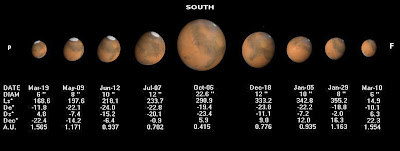Hi Bill
A ham, well known to us, actually me, was very involved in the very first laser reflector experiment. I was a new EE graduate and was hired by the University of Maryland Physics department to design and build the control system for the laser experiment.
The first reflector was placed on the moon immediately after Apollo 11 landed. And the equipment on Earth to use it was in place and ready to go to work.
Here is how it worked. A very powerful laser was installed at the McDonald Observatory in west Texas. It pointed into the viewing end of the telescope and had 5 Joules of energy. When it was fired, a control system made from discrete logic chips was used to control an electronic shutter in front of a very sensitive photomultiplier tube.
In order to prevent stray photons from impacting the photomultiplier tube, the shutter was opened just microseconds before the reflected photons were expected to arrive from the moon, a round trip of about 2.5 seconds. Then the photons were collected from the laser's pulse. Only between 1 and 10 photons were collected from each shot and were statistically analyzed to get the best transit time to determine the distance to the moon.
Similar systems were set up on other continents in order to triangulate the distances between the telescopes to determine continental drift. In addition, the outward shift of the lunar orbit was also determined.
Because the moon's orbit varies by about 10% and is easily predicted, the control system used thumbwheel switches to set the time of transit to open the shutter at the right time to keep out photons that were not from the laser.
The control system also sent the trigger pulse to the laser's gigantic capacitor bank to send trillions upon trillions of photons to the moon. So a 5 volt pulse triggered this massive release of stored energy into the lens of the telescope.
And here is the coolest part, the astronauts could see the laser pulses from the telescopes when they were fired.
73
Steve
KB3SII ... .. ..
------------------------


































